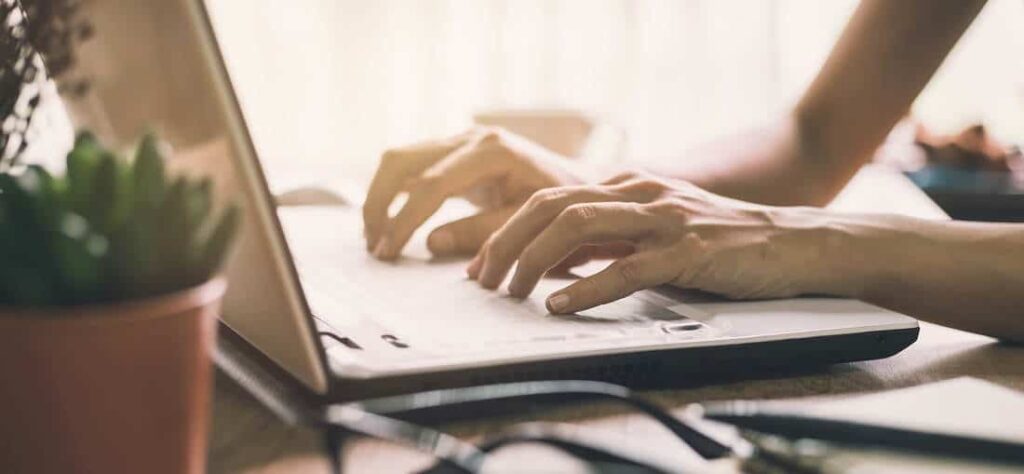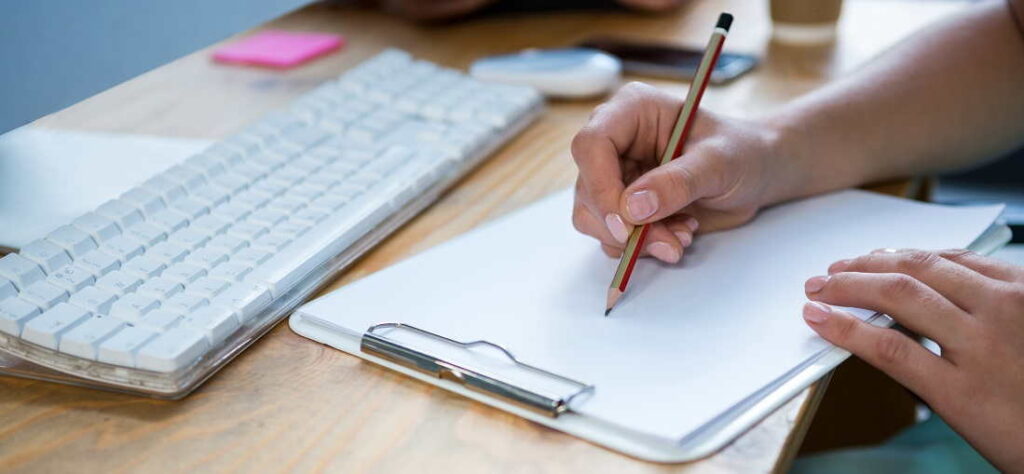Any job interview requires thorough preparation. Not just the interview itself or the presentation you have to give, your outfit needs preparation as well. Your appearance is an important part of the first impression you will make at a job interview. What you wear to your job interview is the base of the first judgment the interviewer will make.
You want to present yourself as a serious candidate during a job interview. A candidate that recognizes the importance of the job interview and the job that you are applying to. Dressing up for a job interview shows that you care about the job and that you have taken serious thought about how you can optimize every detail of your job application.
However, not every type of job or every company you are applying to, requires you to show up in a three piece suit with a tie. Dressing up too formal for the position you are applying to, can give a recruiter the impression that you do not really understand the role you are applying to. If you are not sure how formal your outfit should be, do research about the company culture by visiting their website, looking at the LinkedIn profile pictures of the employees or you can simply call the recruiter and ask about the company culture and dress-code. In general you can divide the dress-code for a job interview in three groups: Formal / Business, Business Casual and Casual.
Formal / Business Job Interview
If you are applying for a business position or a formal position, make sure to create an elegant conservative look. For women business attire can be a dark suit, dress pants or a (pencil) skirt (no too short) with a blouse and or jacket. Make sure none of the clothes are see-through and tuck in the shirt or blouse. Wear comfortable but close toe shoes like flats, low heels or pumps. It is best not to wear jewellery that is too flashy.
For men a (dark) suit is required for a business position. You can wear a light shirt with tie or a button-down shirt depending on the level of formality. We recommend to wear a long-sleeve shirt, even in the summer. Make sure the suit and shirt are not wrinkled and the shirt is tucked in. Select dark leather shoes that are clean and polished. Some conservatives believe that black shoes are more trustworthy than brown shoes. However in most companies nowadays dark brown shoes are very acceptable as well. Make sure the colour of your socks and your belt matches the colour of your shoes.
Don’t bring a backpack to a formal job interview. Use a formal portfolio case to hold your Curriculum Vitae and pen and paper to take notes during the interview.
Business Casual Job Interview
If you are applying for a more informal position and the company itself is not strictly formal you can choose a business casual outfit. Are you having doubts whether business casual is acceptable? Do research by visiting the company website or consult a friend or family member that is familiar with the type of job or company you are applying to. A business casual look is still a professional look but less formal. For women cotton pants with a blouse or shirt with a cardigan is acceptable. Lighter colours like light grey or khaki are more acceptable when you are dressing business casual.
Men can go for chinos with a button-down shirt and a blazer when they choose a business casual look. A blazer is not mandatory but make sure to wear a collared long-sleeve shirt. Shoes may also be less formal but no sneakers.
Casual Job Interview
When can you assume you can dress in a casual look? When you are applying at an informal company or at an entry-level job that requires practical clothing you may consider wearing a casual outfit. But keep in mind that even when a casual look is perhaps acceptable, you still want to make a professional and polished first impression. Dark jeans are acceptable with a polo shirt with a knitted vest. Shorts, ripped jeans, t-shirts, tank tops or flip flops are still a no-go to wear to almost any job interview. Of course there are some exceptions, a lot of start-up companies praise themselves about their informal culture with hoodies and flip flops. But unless your 100% sure that it is acceptable, you should make sure you make a professional appearance.
When you go to a job interview you not only want to look professionally, you also want to act professionally. Therefore you should always fit and try on your job interview outfit before you go to the interview. You should make sure that you feel comfortable in your professional outfit. If you have never tied a tie before, practise some days in advance. Don’t postpone this to the day of the job interview. On the day of the job interview you want to focus on what you are going to say and not on how to tie your tie. Here are some of the “don’ts” you should avoid when you are going to your job interview:
Don’ts
- Dirty, worn or wrinkled clothes
- Baggy trousers
- Bright and / or childish socks
- Big belt buckles
- Worn out shoes
- Bright sneakers
- T-shirts, tank tops or halter tops
- Short-sleeve button-down shirts
- Hats
- Cleavage (for women and men)
- Backpacks
- Sunglasses
- Sandals or flip flops
- Too much aftershave or perfume
- Flashy jewellery
- Skirts that are too short
- Too much makeup
Conclusion
At Go Sumo we often get questions from customers that ask us which template is best for them. Just like choosing the right CV template, choosing the right outfit for your job interview is something that depends on many factors. If you are having doubts about the right outfit you should take into consideration the type of job you are applying to and the company you are applying to. Your outfit is one of the important aspects of your first impression that can help you to make a professional appearance and convince the interviewer that you are a serious candidate.
How you dress is part of your personal branding, read also our blog about personal branding for job seekers.




